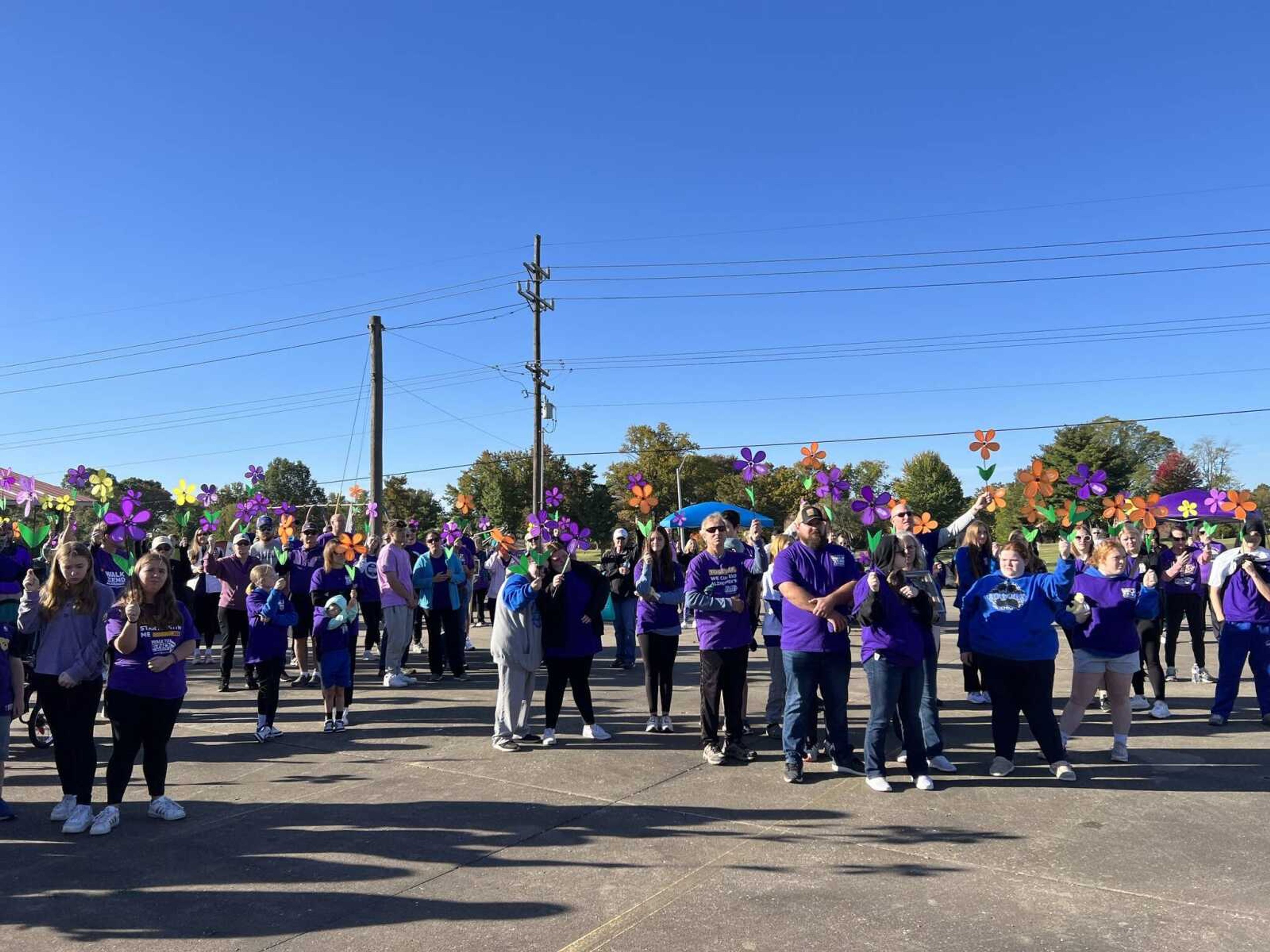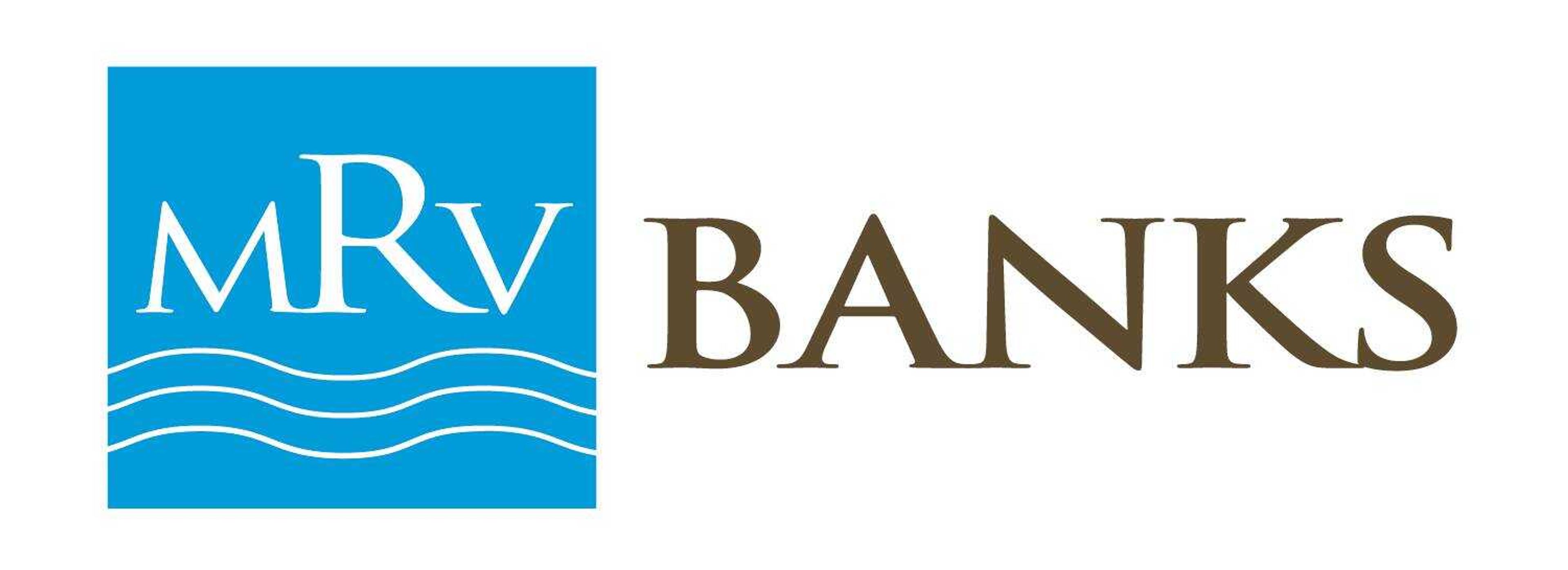Reverse mortgages are one source of income after retirement
At this point in your life, you've probably already paid off your home mortgage or are close to it. If you've reached this stage and wish you had some of that money available for other expenses, a reverse mortgage might be an option. With a regular mortgage, you borrow money to buy a house, then make monthly payments and watch the balance go down. A reverse mortgage is just the opposite: You receive payments from the lender, and your balance goes up...
At this point in your life, you've probably already paid off your home mortgage or are close to it. If you've reached this stage and wish you had some of that money available for other expenses, a reverse mortgage might be an option. With a regular mortgage, you borrow money to buy a house, then make monthly payments and watch the balance go down. A reverse mortgage is just the opposite: You receive payments from the lender, and your balance goes up.
"A reverse mortgage is for seniors 62 and over who have primary residence with no mortgage or a small mortgage that they can pay off with the reverse mortgage," says Tamela "Tami" Orsini-Maly of New Madrid, Mo., a reverse mortgage specialist with Birmingham, Ala.-based FirstBank Mortgage Partners. "You do not have to qualify like with a regular loan. We don't look at beacon scores or anything like that. It's not income qualified. We do pull credit to make sure there are no tax liens and no home equity mortgages."
Reverse mortgage clients can take their payments in the form of a fixed-rate cashout or as a line of credit, says Orsini-Maly, and they can do whatever they want with the money.
"The pros are several. You can have money for burial, for a water heater that breaks, any repairs, medications, everyday living -- and you don't have to pay the loan back as long as you live in the property. There is no liability to the loan, just a mortgage," she says.
When you pass away, whoever you will the home to has six months to settle the estate, refinance or sell the property without making any payments to the reverse mortgage.
"They can send a letter and request another six months, so it can go up to a year to sell or refinance," Orsini-Maly says.
Taking on a reverse mortgage works for some, but it's a big decision for all.
"I will not sell a reverse mortgage if a person is not 100 percent sure. Once they are 100 percent sure, there are safety nets in place," says Orsini-Maly. She can't do anything with a reverse mortgage until the homeowner has completed counseling with a third-party consumer credit counseling service, studying all products, fixed vs. adjustable rates and what exactly the person qualifies for. After that, Orsini-Maly can go back and take the reverse mortgage application, start the appraisal process and go from there.
Orsini-Maly has been doing reverse mortgages for about 15 years. They were very common in Florida, where she lived before moving to Missouri, and says they're still catching on in the Midwest.
"I moved here three months ago and it seems like there is no education up here on reverse mortgages. I have written several, but it's like starting from square one," she says.
For more detailed information about reverse mortgages, visit www.aarp.org/revmort or request a free copy of the booklet by calling 800-209-8085.
__AT A GLANCE: Forward vs. reverse mortgages__
__Purpose of loan__
Forward mortgage: To purchase a home Reverse mortgage: To generate income
__Before closing, borrower has ...__
Forward: No equity in the home Reverse: A lot of equity in the home
__At closing, borrower ...__
Forward: Owes a lot and has little equity Reverse: Owes very little and has a lot of equity
__During the loan, borrower ...__
Forward: Makes monthly payments to the lender; loan balance goes down; equity grows Reverse: Receives payments from the lender; loan balance rises; equity declines
__At the end of loan, borrower ...__
Forward: Owes nothing; has substation equity Reverse: Owes substantial amount; has much less, little or no equity
__Type of transaction__
Forward: Falling debt, rising equity Reverse: Rising debt, falling equity
Source: AARP
Connect with the Southeast Missourian Newsroom:
For corrections to this story or other insights for the editor, click here. To submit a letter to the editor, click here. To learn about the Southeast Missourian’s AI Policy, click here.










